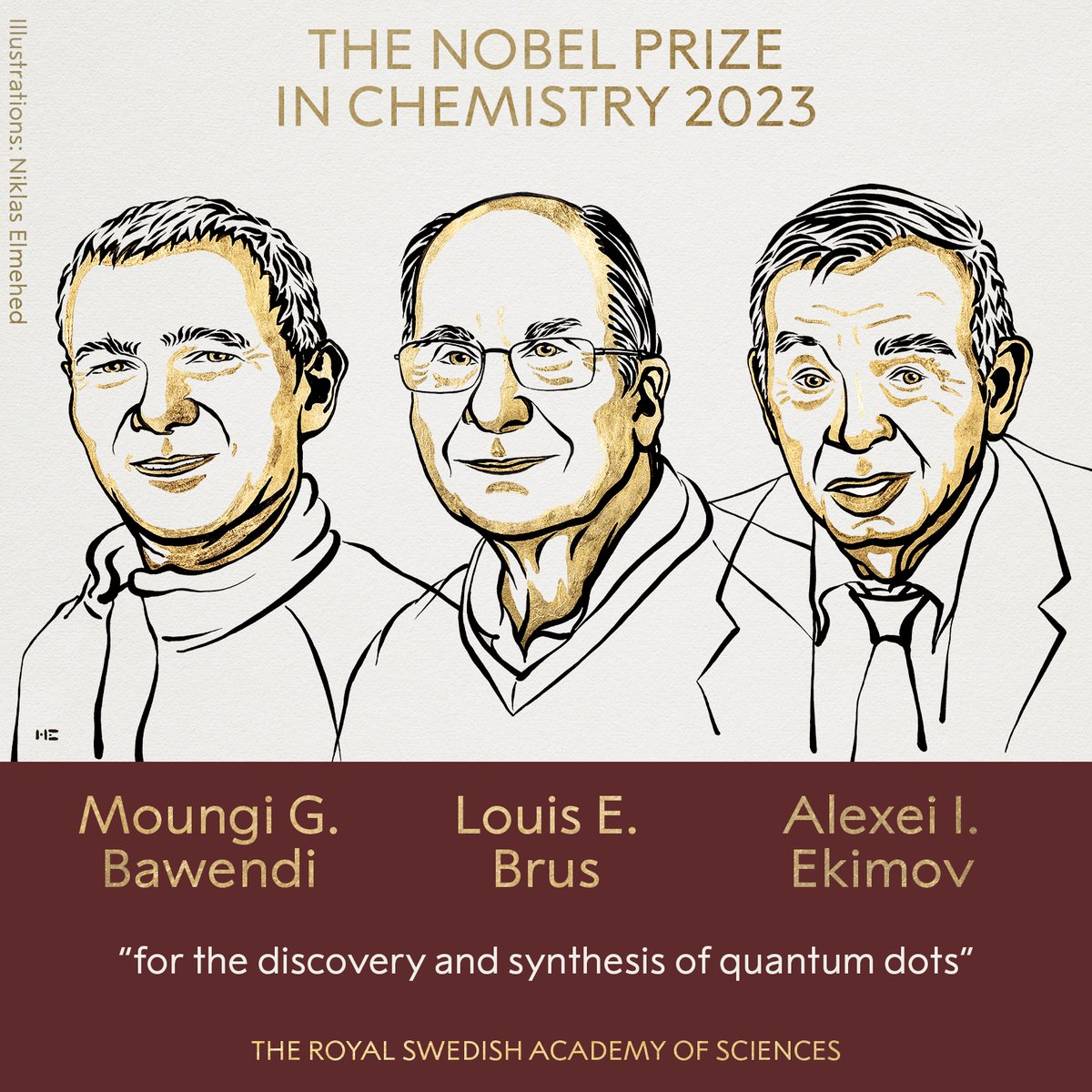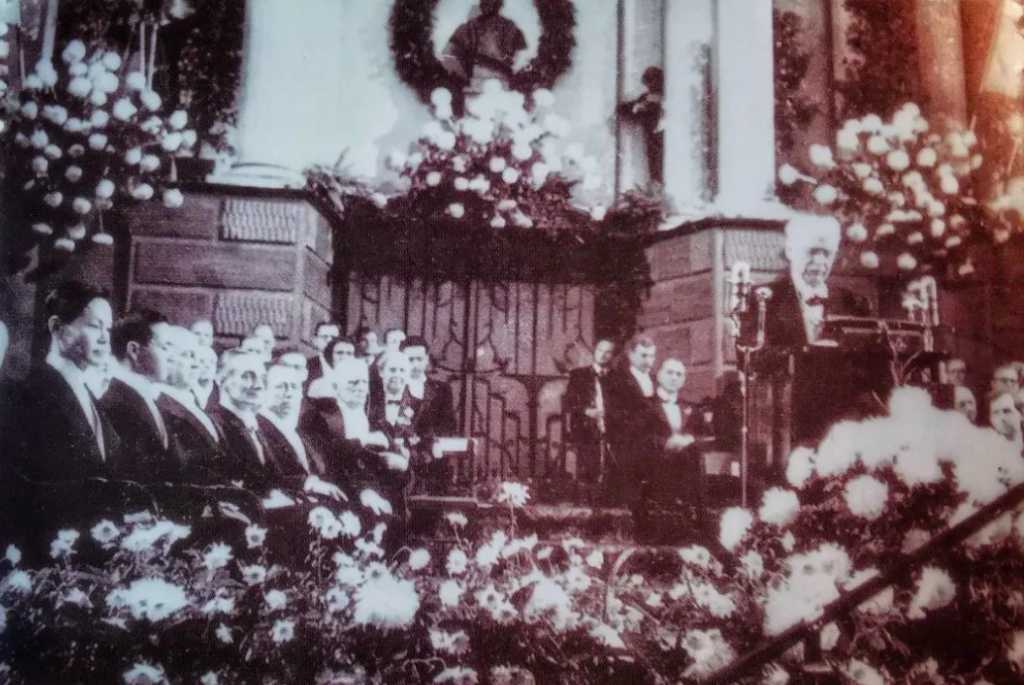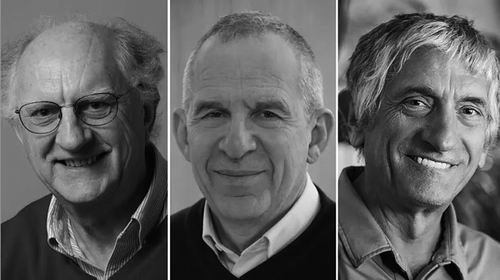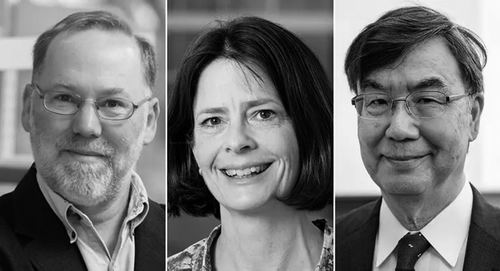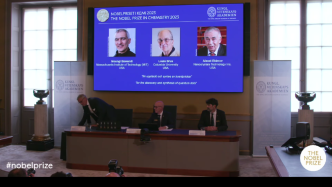

Winners of the 2023 Nobel Prize in Chemistry: Professor Moungi G. Bawendi of MIT, Professor Louis E. Brus of Columbia University, and Nanocrystal Technology of the United States Alexei I. Ekimov, the company’s former chief scientist.
At about 17:45 on October 4, Beijing time, in Stockholm, the capital of Sweden, the Royal Swedish Academy of Sciences announced that the 2023 Nobel Prize in Chemistry will be awarded to Professor Moungi G. Bawendi of the Massachusetts Institute of Technology in the United States. , Columbia University professor Louis E. Brus, and Alexei Ekimov, the former chief scientist of the American Nanocrystal Technology Company, shared the prize equally in recognition of their contributions to discovery and For contributions to the synthesis of quantum dots.
The prize money for each Nobel Prize in 2023 will increase from 10 million Swedish kronor last year to 11 million Swedish kronor, approximately RMB 7.25 million.
According to the official website of the Nobel Prize (www.nobelprize.org), Mongi G. Bawendi was born in Paris, France, in 1961. He received a doctorate from the University of Chicago in 1988 and is currently a professor at the Massachusetts Institute of Technology (MIT).
Louis E. Bruce was born in Cleveland, Ohio, in 1943. He received his PhD from Columbia University in 1969 and is the ProSamuel Latham Mitchill Emeritus Professor and Special Research Scientist in the Department of Chemistry at Columbia University.
Alexey Ikimov was born in the former Soviet Union in 1945. He received a doctorate from the Ioffe Institute of Physics and Technology of the Russian Academy of Sciences in 1974. He was the chief scientist of Nanocrystal Technology Company in New York, USA.
In addition, it is worth noting that on October 4, 2023, before the Royal Swedish Academy of Sciences officially announced it, the aforementioned list of Nobel Prize winners in Chemistry was leaked hours in advance.

Quantum dots are about the same size as a football as a football is compared to the size of the Earth.
Quantum dots are crystals typically made of thousands of atoms. What people usually call quantum dots are also called semiconductor nanocrystals. In terms of size, quantum dots are to a football what a football is to the Earth.
In the nanoworld, things do behave differently. Once the size of matter starts to be measured in millionths of a millimeter (1 nanometer, one billionth of a meter), strange phenomena—quantum effects—start to appear. This challenges our intuition.
The 2023 Nobel Prize winners in Chemistry are pioneers in exploring the nanoworld.
In the early 1980s, Louis E. Bruce and Alexei Ikimov independently successfully created quantum dots. Such nanoparticles are so tiny that quantum effects determine their properties.
In 1993, Mongi G. Bavandi revolutionized the method of making quantum dots, making them extremely high quality. This is an important prerequisite for the use of quantum dots in today's nanotechnology.
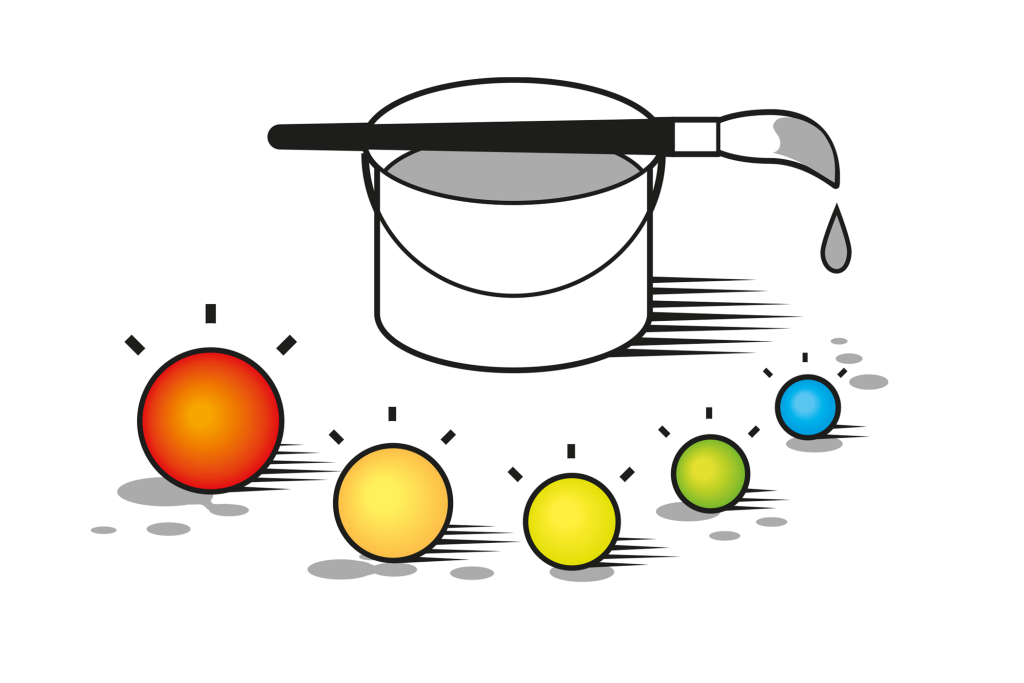
Quantum dots offer us new opportunities to create colored light. Photo: Johan Jarnestad
Humanity has only begun to explore the potential of these tiny particles. Now, quantum dots illuminate computer monitors and TV screens based on QLED technology. Researchers believe that quantum dots could be used in future areas such as flexible electronics, tiny sensors, thinner solar cells and encrypted quantum communications.
The Chemistry Prize is one of the research fields mentioned in the will of Swedish chemist and inventor of nitroglycerine dynamite Alfred Bernhard Nobel to establish prizes.
"The above interest shall be divided into five equal parts, distributed as follows: /- - -/ one to the person who has made the most important chemical discovery or improvement ..." On November 27, 1895, Nobel signed his letter in Paris His third and final will left most of his wealth to establish a series of awards, known as the Nobel Prizes.
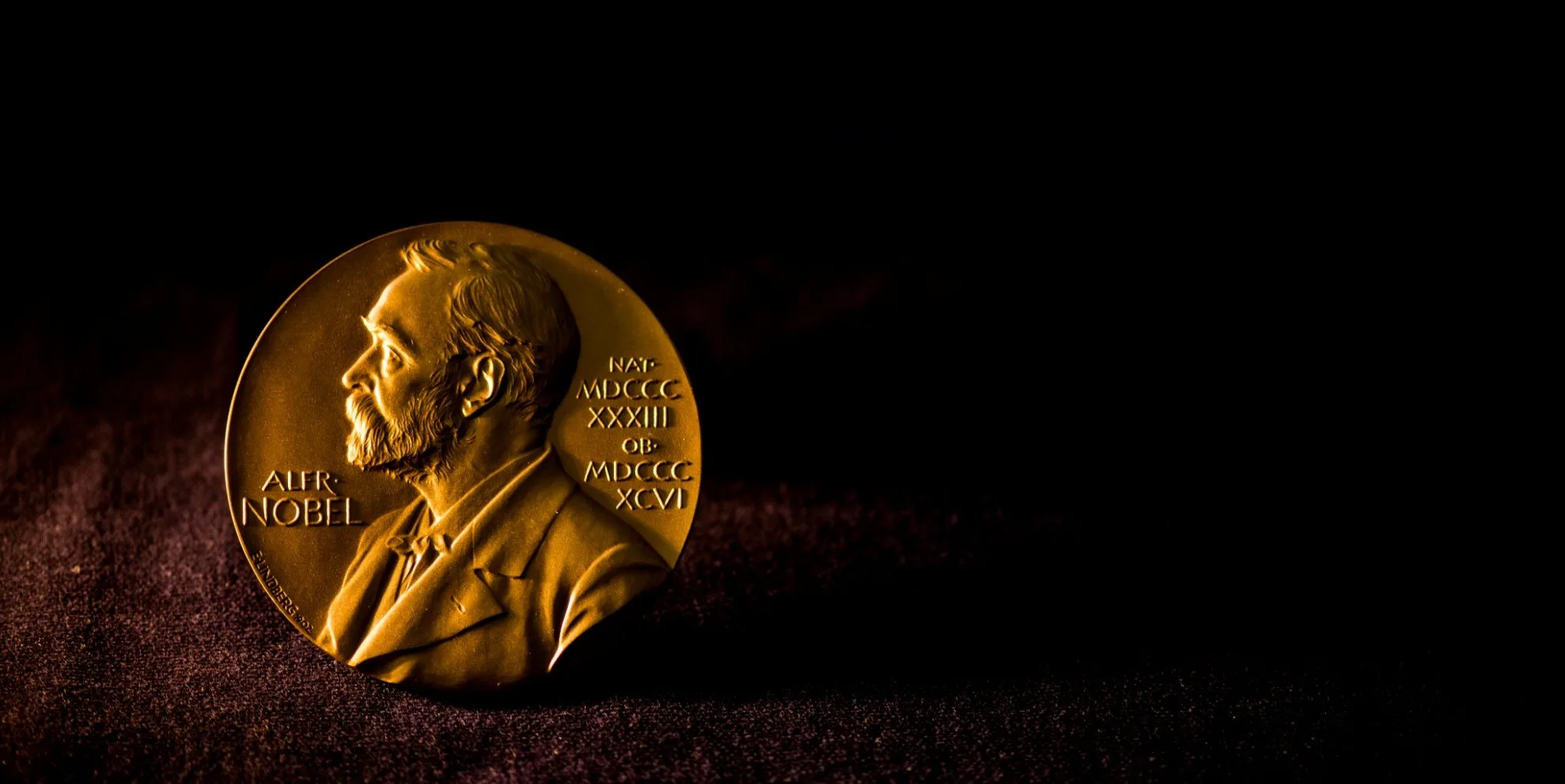
The Nobel Prize medal was first awarded in 1901. Photo: Alexander Mahmoud
According to data released by the Nobel Prize official website (www.nobelprize.org), a total of 189 people won the Nobel Prize in Chemistry from 1901 to 2022.
The oldest recipient of the Nobel Prize in Chemistry to date is American physicist John B. Goodenough. He was 97 years old when he won the Chemistry Prize in 2019. He is also the oldest recipient of the Nobel Prize in any category.
To date, the youngest recipient of the Nobel Prize in Chemistry is French physicist Frédéric Joliot. He was only 35 years old when he won the Nobel Prize in Chemistry in 1935, together with his wife Irène Joliot-Curie.
British biochemist Frederick Sanger and American chemist K. Barry Sharpless both won the Nobel Prize in Chemistry twice.
